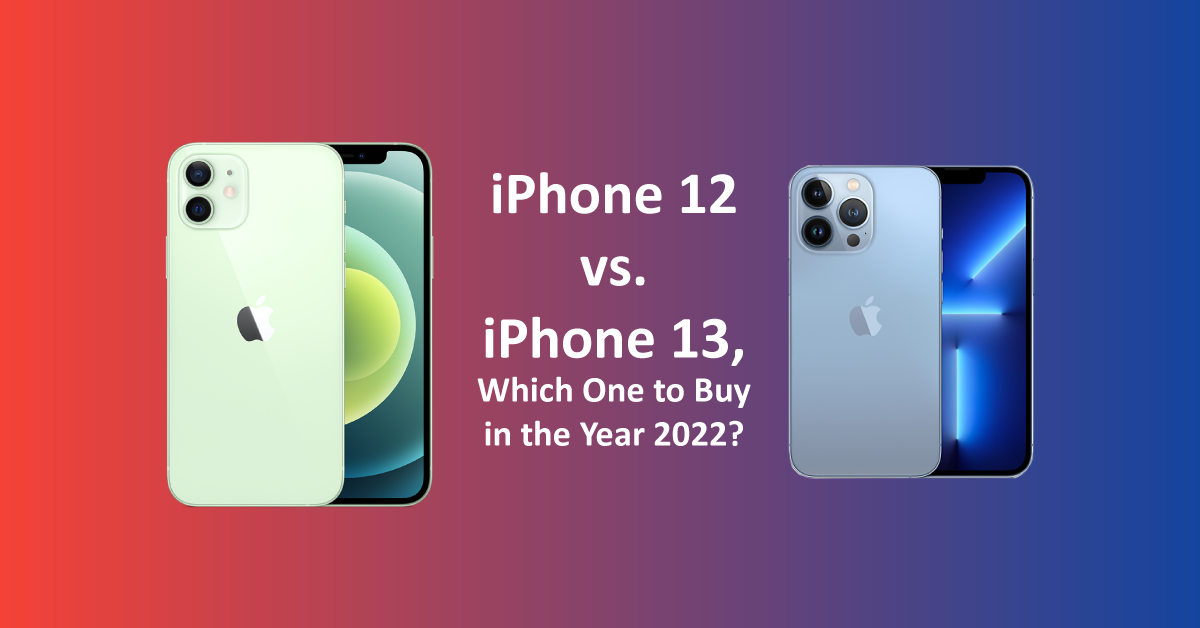Alternatives to YouTube: Independent Creator-Friendly Platforms
March 13, 2023

In recent years, YouTube has become the go-to platform for online video content. With over 2 billion monthly operative users and more than 500 hours of video uploaded each minute, it’s the world’s largest video-sharing platform. However, some users are concerned about privacy, censorship, and supporting independent creators, leading them to explore alternative video-sharing platforms. Despite its massive popularity, some users are looking for alternatives to YouTube and what they have to offer, from professional platforms to blockchain-based options.
Reasons to find the alternative to YouTube
There are several reasons why someone might be interested in exploring other video-sharing platforms.
1. Privacy Concerns: Why Some Users are Seeking Alternative Video-Sharing Platforms
One of the most common reasons is privacy concerns. YouTube collects essential data from its users, including their viewing history, search queries, and personal information. For individuals who are uncomfortable with this level of data collection, alternative platforms may offer a more privacy-focused experience.
2. Censorship and Content Moderation: A Growing Issue on YouTube
Censorship is another reason why users may be looking for alternatives to YouTube. In recent years, YouTube has come under fire for its inconsistent and sometimes controversial content moderation policies. Thus, this has led to the demonetization and removal of content that some users feel should be allowed on the platform. Alternative platforms may offer a more permissive approach to content moderation, allowing users to express themselves more freely.
3. Supporting Independent Creators: Finding a Level Playing Field on Alternative Platforms
Finally, some users may be interested in supporting smaller, independent content creators. With over 31 million YouTube channels and counting, it can be difficult for new or niche content creators to gain traction on the platform. Alternative platforms may offer a more level playing field, allowing creators to build an audience without competing with the massive content libraries of more established creators.
In the following sections, explore some of the most popular alternatives to YouTube and what they have to offer. Whether you’re concerned about privacy, censorship, or simply looking to support new voices, there are plenty of options to choose.
Some Alternatives to YouTube
1. Vimeo: A Professional Alternative to YouTube
Vimeo is a video-sharing platform that is often seen as a more professional alternative to YouTube. It offers a sleek, minimalist user interface and higher-quality video playback than YouTube, making it a popular choice for artists, filmmakers, and other creative professionals. Vimeo also has a more curated selection of content than YouTube, focusing on high-quality, artistic, and documentary-style videos.
2. Dailymotion: The European Video-Sharing Platform
Dailymotion is a video-sharing platform popular in Europe with a large international user base. It offers a similar user interface to YouTube, with a familiar layout and easy-to-use tools for uploading and sharing videos. Dailymotion has a wide variety of content, ranging from music videos and movie trailers to user-generated content and news clips. One advantage of Dailymotion is that it has less strict content moderation policies than YouTube, meaning content creators may have more freedom to express themselves.
3. Twitch: The Live-Streaming Platform for Gamers and Beyond
Twitch is a live-streaming platform primarily used for video games but has expanded to include other types of content, including music, art, and talk shows. Twitch offers a highly engaged community of viewers who can interact with content creators in real time through chat and other features. For content creators, Twitch offers monetization options, including advertising revenue, subscriptions, and donations from viewers. Twitch has become a popular platform for e-sports and gaming content, with major tournaments and events streamed live on the platform.
4. PeerTube: Decentralized Video-Sharing for Censorship Resistance
PeerTube is a decentralized video-sharing platform built on peer-to-peer technology, meaning that videos are hosted on a network of individual users’ computers rather than on a centralized server. Thus, this makes it more difficult to censor content, as there is no single point of control. PeerTube is an open-source platform, meaning anyone can host their own instance of the platform, creating a decentralized network of video-sharing sites. Therefore, this means that content creators can retain more control over their content and how it is distributed.
5. LBRY: Blockchain-Based Video-Sharing for Censorship-Resistant Content
LBRY is a blockchain-based video-sharing platform that is designed to be censorship-resistant. It allows content creators to earn cryptocurrency through their content and offers a decentralized marketplace for buying and selling digital goods. LBRY uses blockchain technology to ensure that content cannot be censored or removed by any central authority, making it a popular choice for content creators who may be concerned about the risk of censorship on other platforms. LBRY also offers features such as community moderation and content discovery, making it a user-friendly option for creators and viewers alike.
6. Rumble: The Alternative for Conservative and Right-Leaning Content Creators
Rumble is a video-sharing platform that is specifically designed for conservative and right-leaning content creators. It offers an alternative to YouTube’s often liberal-leaning policies and allows creators to monetize their content through advertising revenue. Rumble has gained popularity in recent years, particularly among conservative media outlets and personalities who have been critical of YouTube’s content moderation policies. Rumble offers a similar user interface to YouTube, with features such as playlists and channels, making it easy for content creators to transition to the platform.
Summing Up
While YouTube remains the largest video-sharing platform on the planet, there are several reasons why users may be looking for alternatives. Whether it’s privacy concerns, censorship, or supporting independent creators, there are plenty of options to choose. From Vimeo’s professional user interface to PeerTube’s decentralized network, each platform offers unique features that cater to different needs. So, if you’re looking for a change of scenery, consider exploring these video-sharing platforms and find the one that suits you best!









